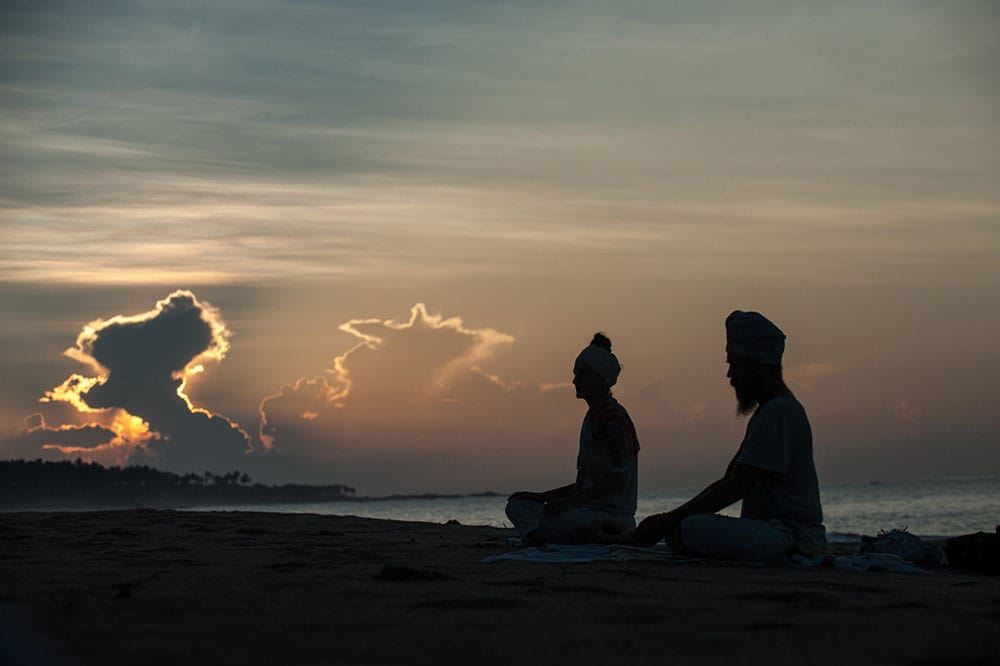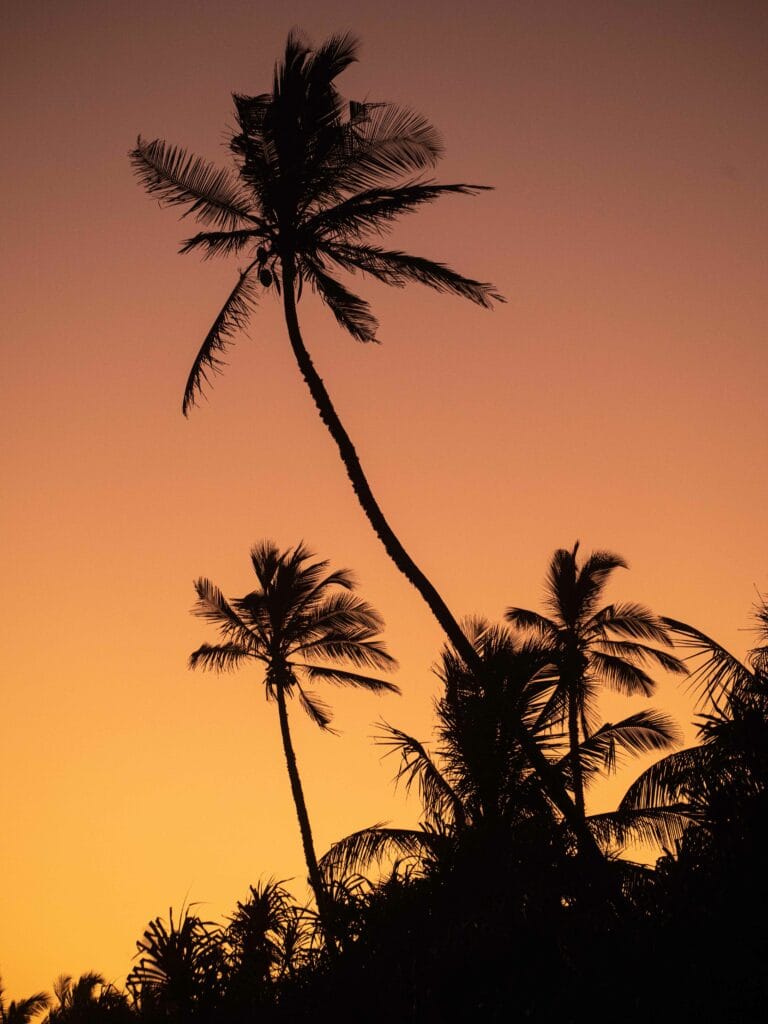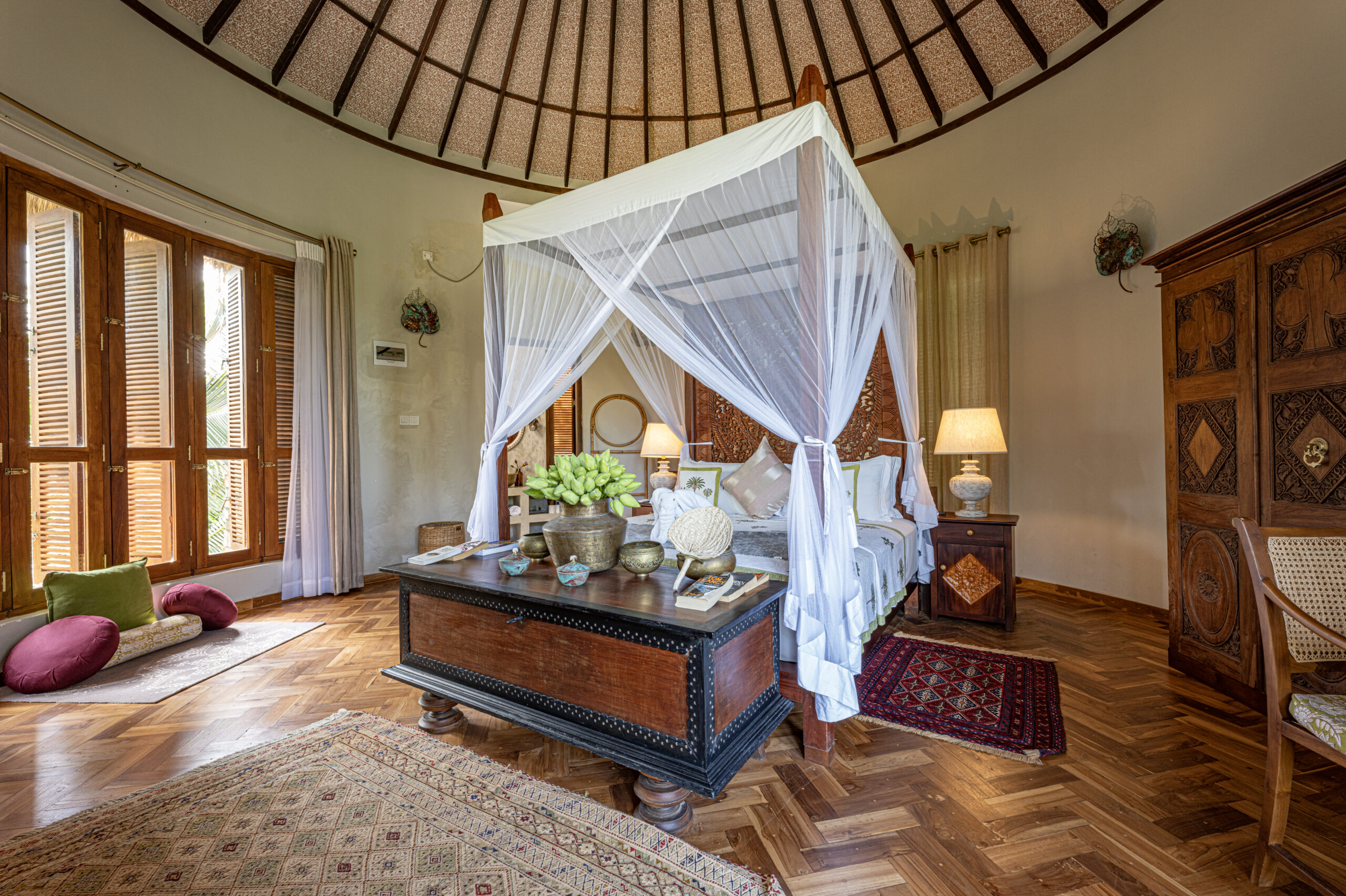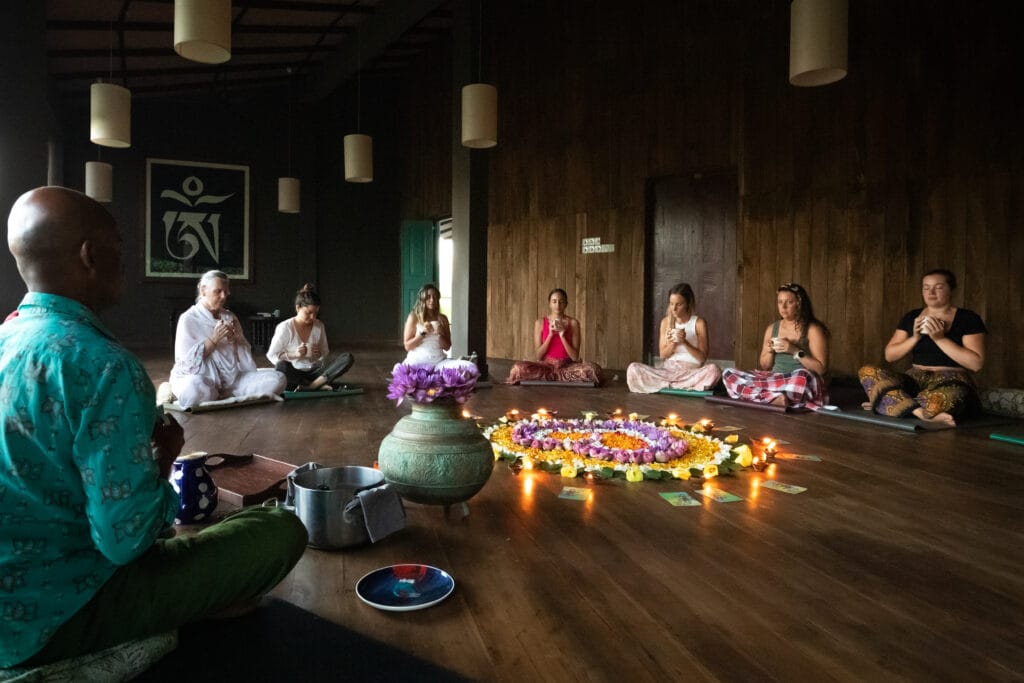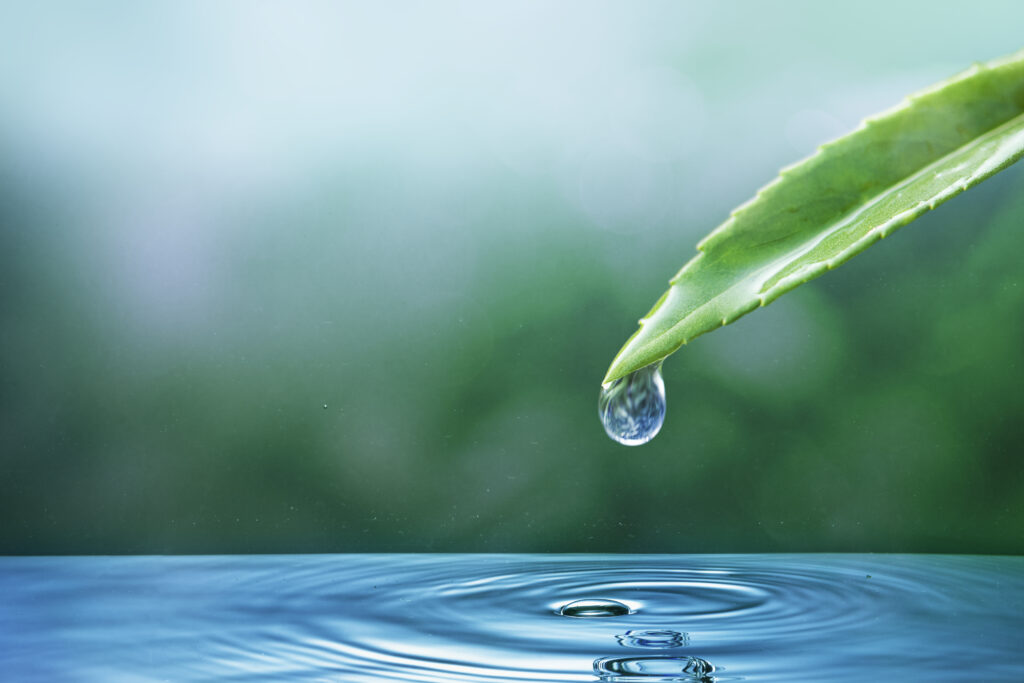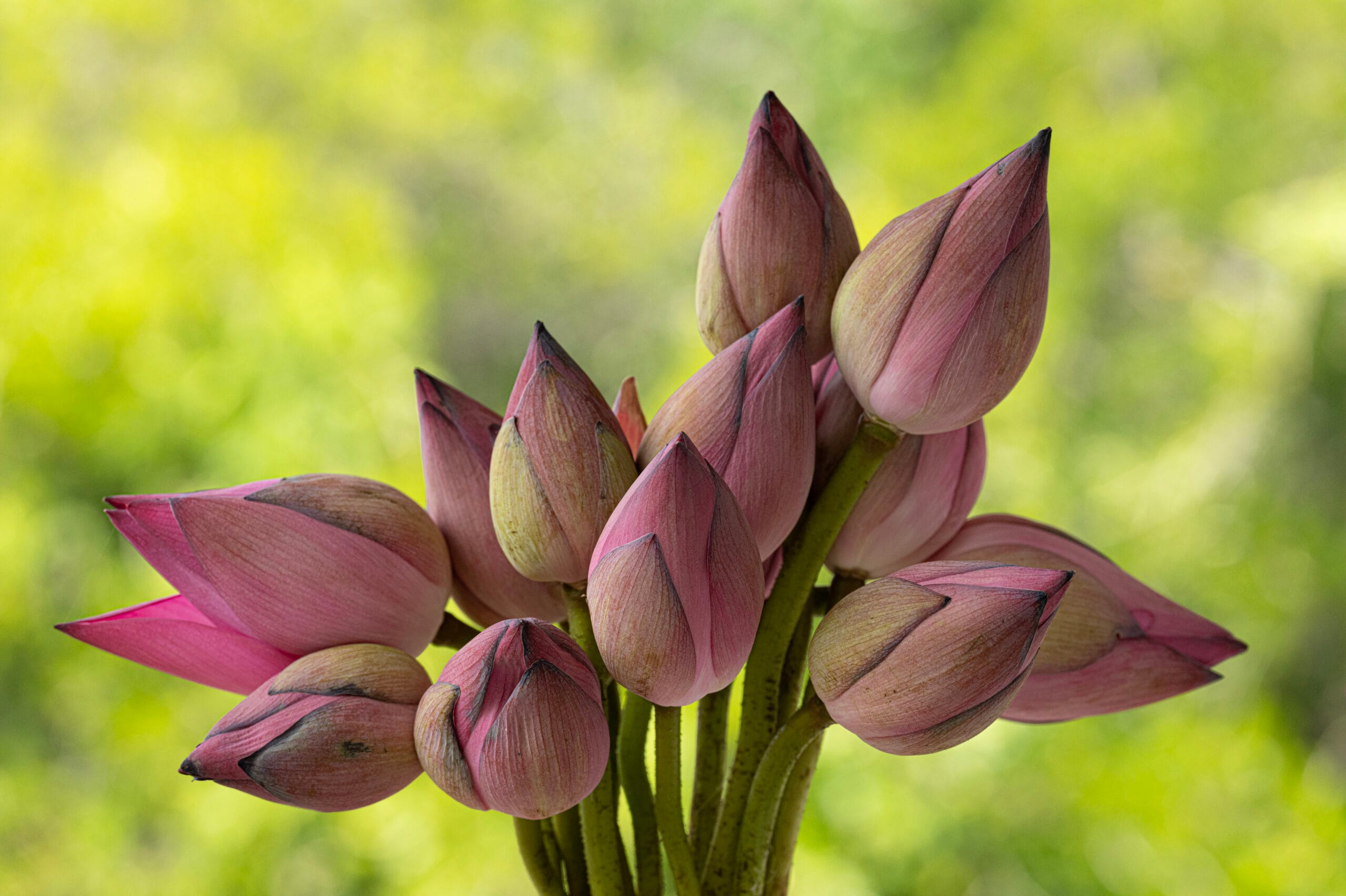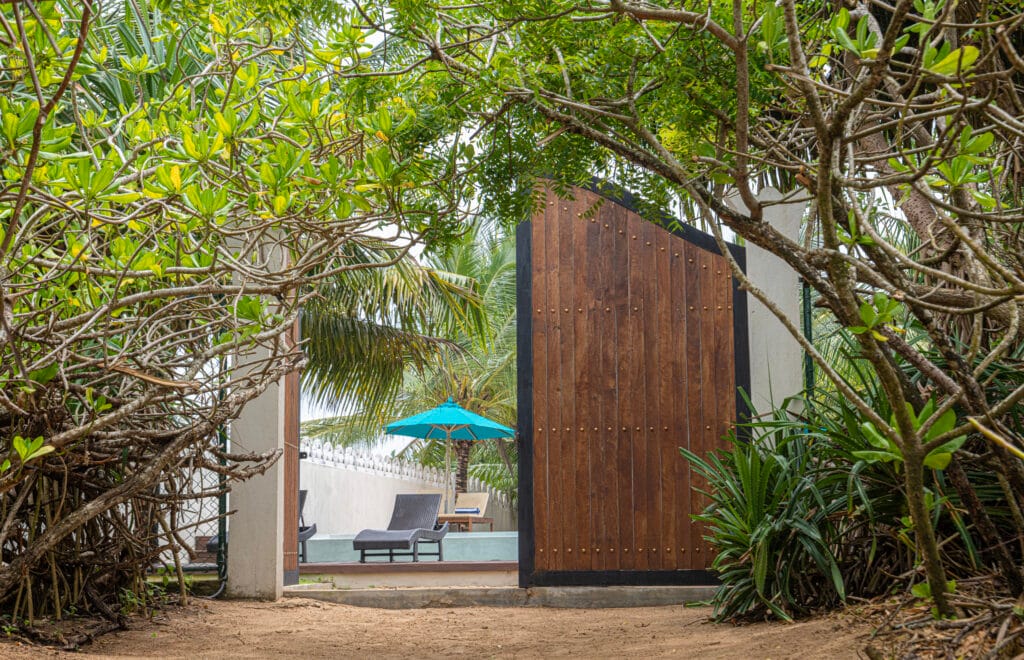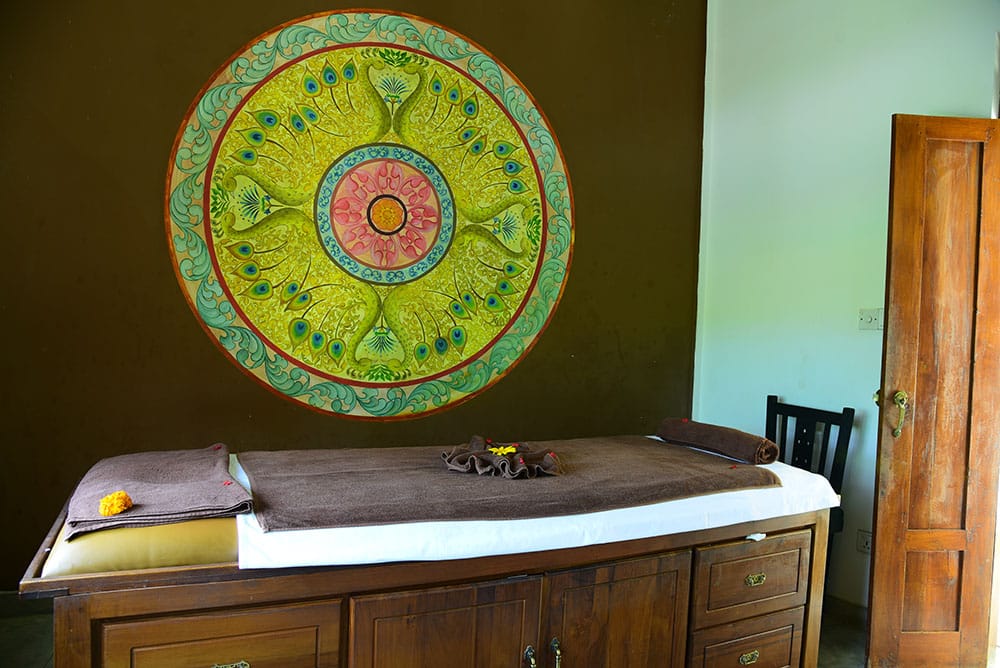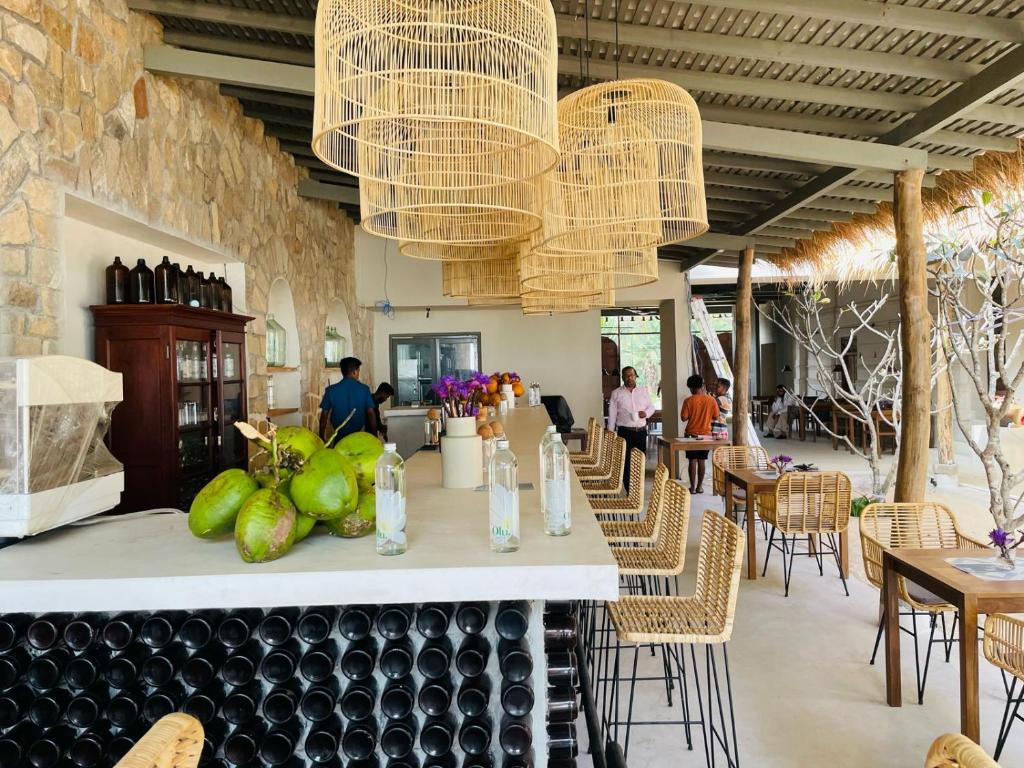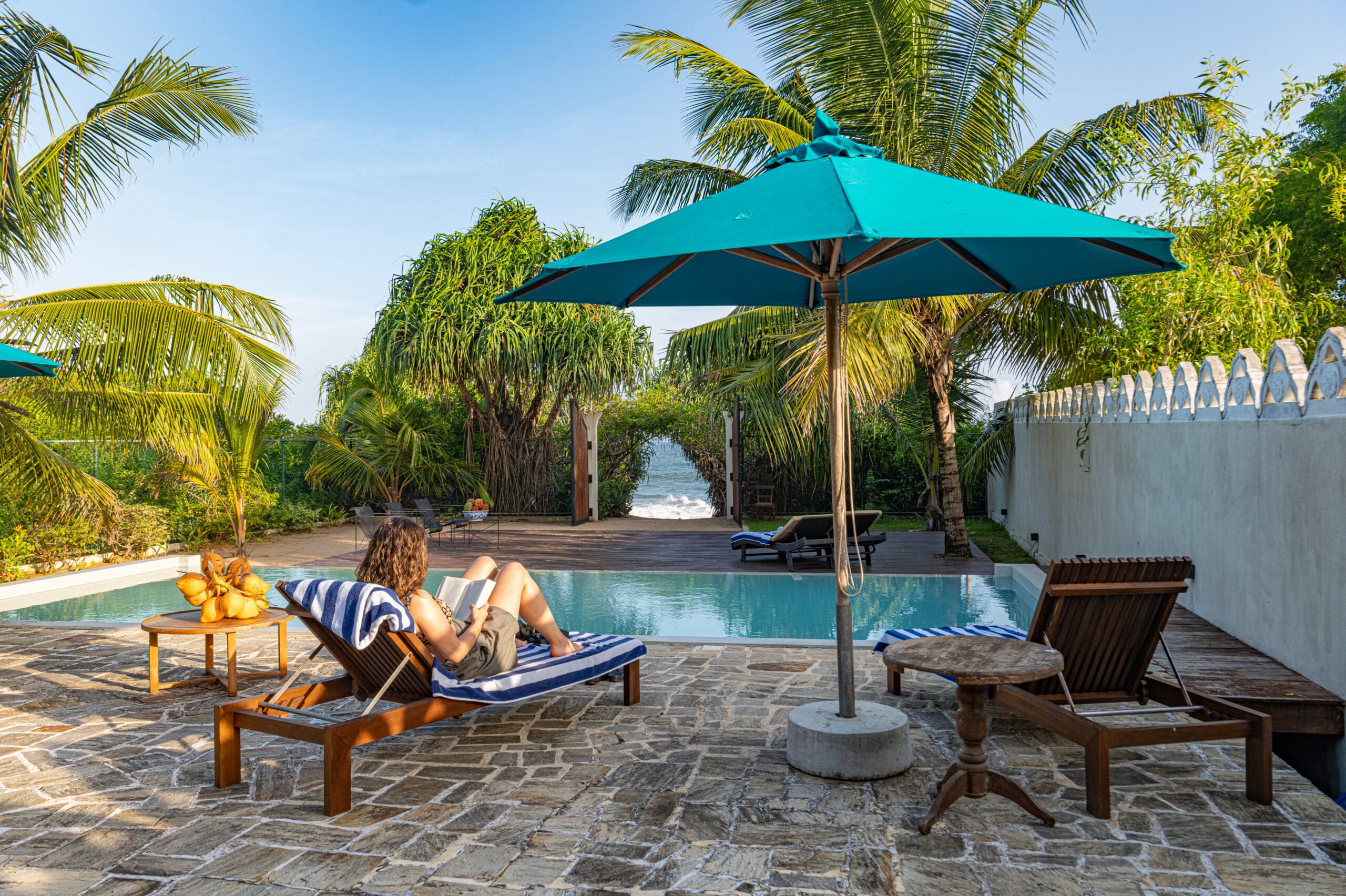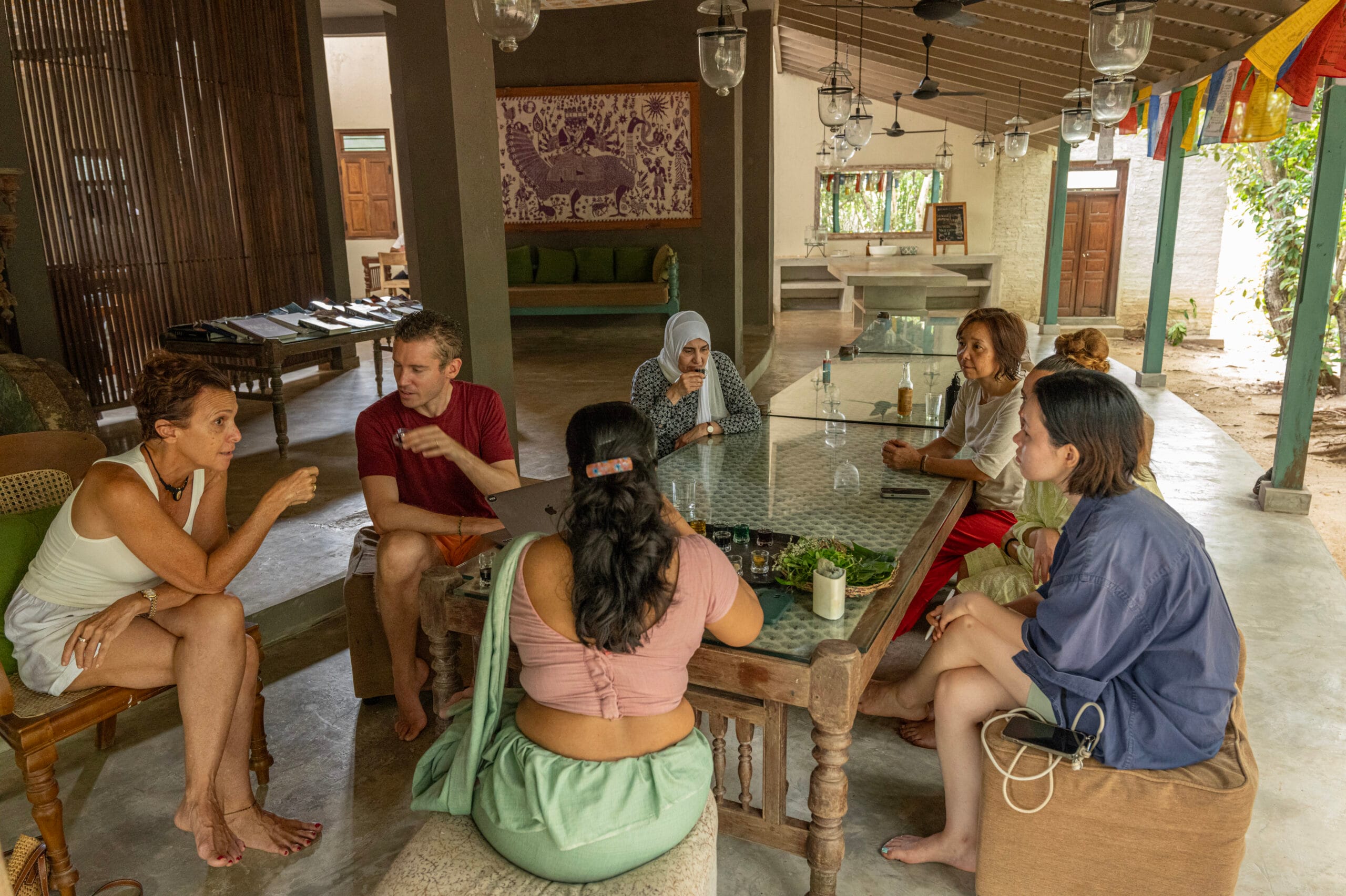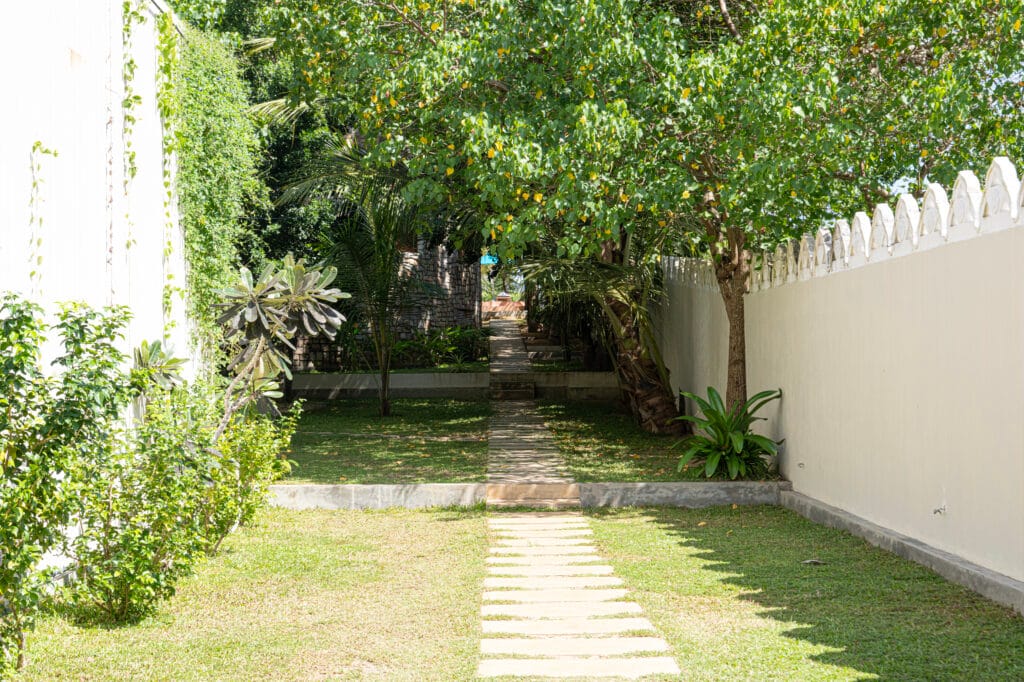Sri Lanka in August: Is It the Best Time to Visit?
Sri Lanka in August: Best time to visit Sri Lanka? Special Summer Offers on Yoga Retreats & Wellness Programmes.
Sri Lanka is a year-round destination, boasting a vibrant culture, diverse landscapes, and a natural rhythm that varies across its regions. But is Sri Lanka in August the best time to visit? For mindful travellers seeking restorative retreats, cultural richness, and meaningful immersion, August offers a unique and often overlooked opportunity.
Whether you’re planning a wellness escape, looking to connect with nature, or discover a calmer side of the island, August invites a different kind of adventure – one that’s tranquil, authentic, and deeply enriching.
Is August a Good Time to Visit Sri Lanka?
Yes, August is a wonderful time to visit Sri Lanka, especially if you prefer a quieter, more intimate experience. With fewer tourists around in certain regions, you’ll find it easier to connect with the island’s natural beauty, cultural traditions, and spiritual offerings.
This is often considered the best time to visit Sri Lanka for those seeking to slow down, practice mindfulness, or engage in personal transformation. While popular spots may still attract visitors, the overall atmosphere remains peaceful, allowing you to appreciate Sri Lanka in its more natural, unhurried rhythm.
At Sen Wellness Sanctuary, located on the southern coast near Tangalle, August is a time of spaciousness and serenity. It’s ideal for reconnecting with nature, restoring wellbeing, and aligning your inner world with the calming pulse of the earth.
Tips for Visiting Sri Lanka in August
To make the most of your journey, consider these tips for visiting Sri Lanka in August:
- Plan a balanced itinerary between the east coast and the south coast to enjoy a mix of experiences.
- Pack lightweight clothing, sunscreen, and footwear suitable for both beach walks and nature trails.
- Embrace the slower pace – August is a time for inward reflection and deeper presence.
- Choose wellness-focused experiences such as yoga, Ayurveda, or mindful movement to complement the calming seasonal atmosphere.
- Take advantage of special summer offers on select retreats, which are occasionally available during this period.
August is your time to explore – not only the beauty of Sri Lanka, but also the peace within yourself.
Festivals and Events in Sri Lanka in August
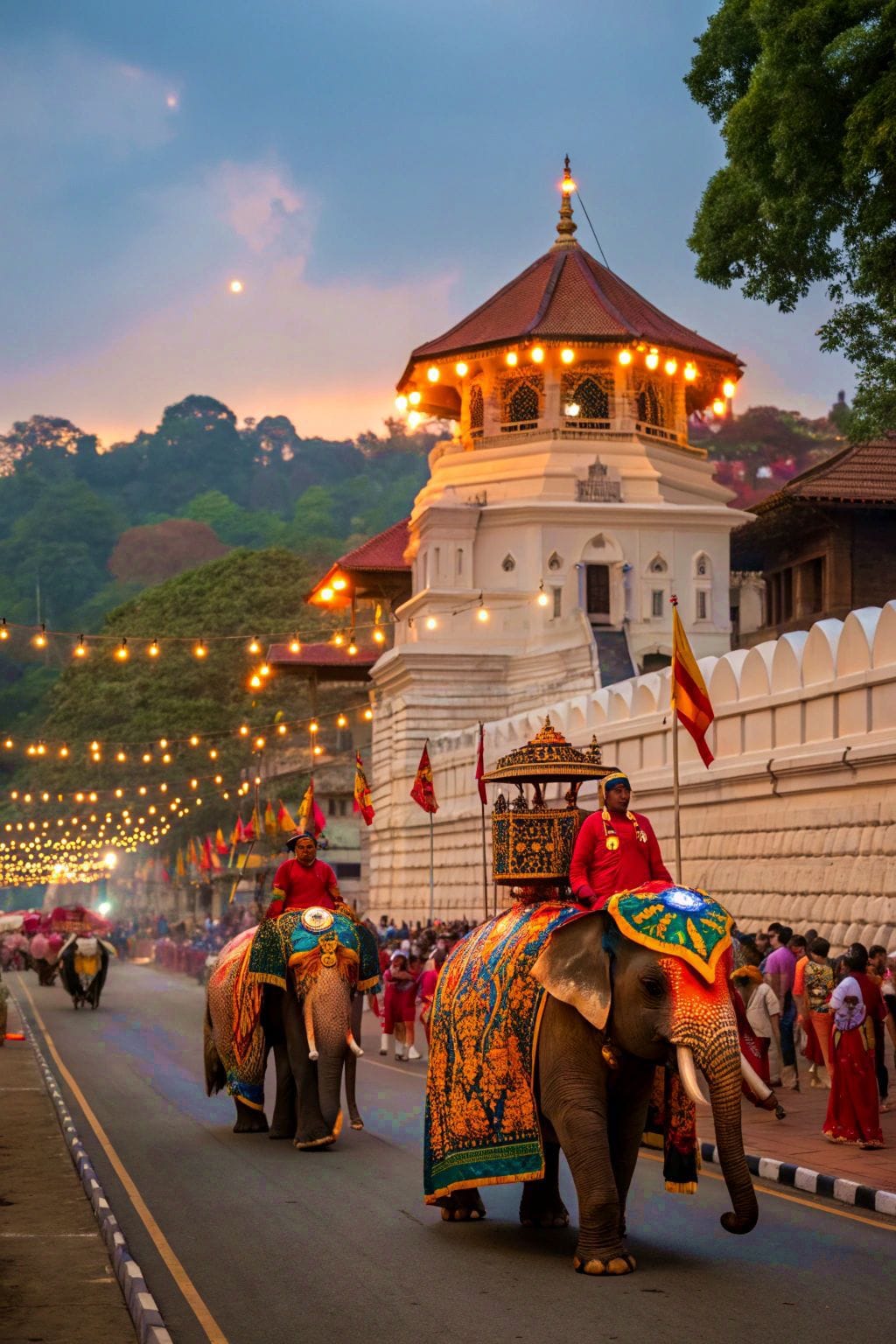
Sri Lanka’s cultural calendar is rich with vibrant festivals, and August is no exception. One of the most celebrated events is the Esala Perahera in Kandy, a majestic Buddhist procession honouring the Sacred Tooth Relic of Lord Buddha. Dancers, drummers, and beautifully adorned elephants light up the streets in a display of devotion and tradition.
For those interested in spirituality and heritage, August is a truly memorable time to visit Sri Lanka. If you’re staying at Sen Wellness Sanctuary, a short trip inland can bring you face-to-face with this inspiring event.
In Colombo, the Vel Festival offers another powerful cultural experience, showcasing Tamil Hindu traditions through processions and rituals. These moments create a deep sense of connection with the Sri Lankan people and their diverse spiritual landscape.
Sri Lankan August Weather
Sri Lanka’s tropical climate ensures warm temperatures year-round. In August, the weather varies slightly across regions, offering a variety of travel options depending on your interests.
The East Coast tends to be sunnier and is ideal for swimming, diving, and surfing. The south and west coasts, while more serene during this time, still offer pleasant beachside moments, nature walks, and deeply restful days.
The natural environment flourishes this time of year, with verdant landscapes, blooming flora, and a sense of rejuvenation in the air. It’s a beautiful time to witness Sri Lanka’s biodiversity and connect more deeply with the rhythms of nature.
Temperatures in Sri Lanka in August
August temperatures remain warm and comfortable across Sri Lanka. Average daytime temperatures include:
- Colombo: 28°C – 31°C
- South coast (Tangalle/Galle): 27°C – 30°C
- East coast (Trincomalee/Arugam Bay): 30°C – 33°C
- Hill country (Kandy/Nuwara Eliya): 18°C – 24°C
The climate is ideal for those looking to combine wellness activities with beach relaxation and cultural exploration. Whether you’re sipping herbal tea on a shaded veranda or practising yoga as the sun rises, the temperature supports a naturally energising and healing lifestyle.
Special Summer Wellness Programmes
August marks a sacred season of healing at Sen Wellness Sanctuary, with tailored summer wellness programmes designed to nurture body, mind, and spirit. These immersive retreats combine daily yoga, Ayurvedic treatments, breathwork, and nourishing meals in a harmonious flow.
Our expert practitioners adjust treatments and practices to meet your individual needs and seasonal rhythms. Whether you’re focusing on detox, emotional release, or simply restoring your energy, the programmes offer a personalised path to deep renewal.
This is also a time when some special offers are made available for select retreats, giving travellers the chance to enjoy a luxury wellness experience with added value.
Sen Wellness Sanctuary: A Tranquil Summer Escape on the South Coast
Tucked away near Rekawa Beach, Sen Wellness Sanctuary is a haven for seekers of healing and connection. Designed with eco-conscious elegance and rooted in ancient traditions, the Sanctuary provides a rare blend of comfort, simplicity, and depth.
August at the Sanctuary offers stillness, space, and sensitivity. Fewer guests mean more personal attention, deeper healing sessions, and uninterrupted time to rest and reflect.
From ocean-view meditations to walking barefoot on forest paths, every experience is crafted to return you to your natural rhythm. Wildlife sightings, sea turtle nesting, and quiet moments by the water enhance your sense of belonging to something greater.

Yoga, Healing, and Nature Immersion Beyond the Tourist Crowds
If you’re yearning for more than just sightseeing, August may be your ideal time to visit Sri Lanka. This is when the country reveals its quiet magic, allowing you to journey inward as much as outward.
At Sen Wellness Sanctuary, your days are filled with purposeful calm. Morning yoga flows gently into Ayurvedic therapy. A nourishing lunch leads to time spent journaling or resting in nature. Evenings bring shared stories, healing rituals, and starry skies.
Beyond the busy trails and beaches lies something sacred: a space to remember who you are, to heal, and to return home within yourself.
Final Thoughts
So, is Sri Lanka in August the best time to visit? For the conscious traveller, the answer is yes. The quieter rhythm of August invites reflection, spiritual discovery, and authentic connection.
With its serene setting, holistic practices, and special seasonal offerings, Sen Wellness Sanctuary is the perfect place to pause, realign, and awaken to the beauty of being. Allow this month to guide you to deeper peace, and let Sri Lanka meet you exactly where you are.
